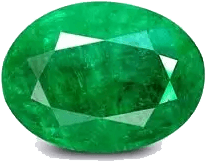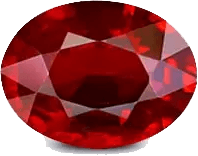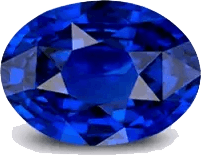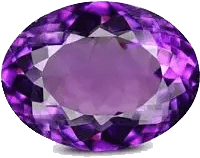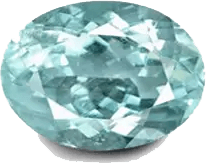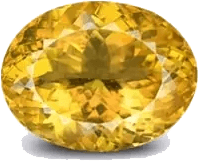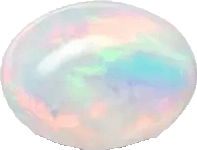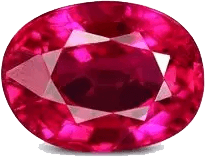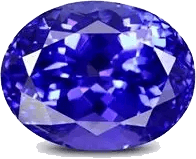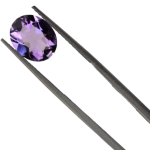No products in the cart.
Return To Shop
+1 212 382 3333
Gemstone Education
Gemstone Education
The 4 C's of Gemstones

Gemstone Color
The first and the most basic way to identify Gemstones is color. Gemstones are evaluated and graded on the basis of color which again is split into 3 classes – Hue, Tone, and, Saturation.
Hue refers to the color composition from the spectrum, and hence the dominant color of the Gemstone. Tone accounts for the different shades in the gemstone. It determines the depth of the color of gemstone and ranges from washed-out to pitch black. Saturation – Saturation refers to the intensity of the color of a gemstone. It species the vividness and purity of color.

Gemstone Cut
Cut in terms of gemstones refers to the ability of a stone to reflect light, the luster of its polish and way of appearance. It takes years of experience to learn how to shape a gemstone to make its cut as superior as possible.
A cut in a Gemstone is usually identified by a rating system set by industry standards. This five-tier system ranges from excellent to poor and the quality of stone’s cut is physically measured by this system.

Gemstone Clarity
Gemstones are formed under extreme pressure and all the natural gemstones that are extracted have some kind of visual inclusion. It may be in the form of a crystal or a cloud.
The clarity of the Gemstone is identified by the relative lucidity of the gemstone. A high quality gemstone appears clean and clear to the naked eye. Clarity of the gemstone also affects the other characteristics of the stone. For example, if the clarity of the stone is of average quality, it will reduce its value even if it has good cut and color.

Gemstone Carat Weight
Each gemstone is unique and the different families of gemstones possess different densities. Unlike other objects, gemstones are measured in Carats.
The size of the gemstone does not affect the weight of the stone because some stones are denser and are small, whereas some stones are big in size meanwhile weighing less. The value of the gemstone as such is influenced by the carat weight. It must be kept in mind that the value of a gemstone is affected by individual characteristics, but all the characteristics combined yield the actual value of the stone.
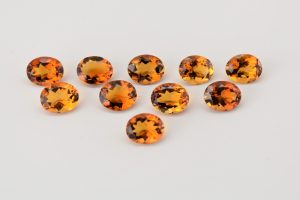
Gemstones
Citrine
The beginning of the citrine has a rich history and dates right back to old occasions. During the Hellenistic Age, the Greeks utilized the stone as an improving diamond. The Romans, then again, used the citrine for adornments and intaglio work. seventeenth century Scottish men…
July 29, 2021
No Comments
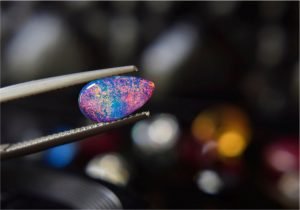
Gemstones
Opal
It was once believed that opal combined the powers of all gemstones, making it considered a near-sacred stone in the Middle Ages. A myriad of colors reflected from its surface – clear, white, gray, red, yellow, green, magenta, pink, olive, brown, and black – provide…
June 11, 2021
No Comments

Gemstones
Amethyst
A luxurious form of Quartz, amethysts have a pleasing purple or violet hue originating from traces of iron. With the aid of heat, you can change the stone’s color from yellow to green, to reddish-brown, to white. Amethysts are mined primarily from volcanic rocks in…
June 11, 2021
No Comments
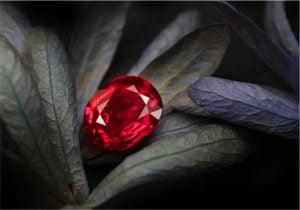
Gemstones
Ruby
Rubies, one of today’s most precious gemstones, make an elegant choice for fine jewelry because they are so rare and valuable. Some find it surprising to learn that ruby comes in such a wide spectrum of colors. This product comes in a range of shades,…
June 11, 2021
No Comments


